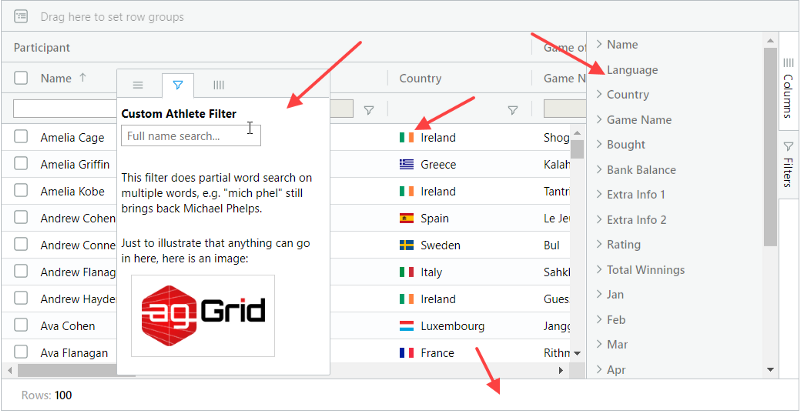

You can use percentage points, pixels, inches to define width, height, margin and its extremely easy to do so. It is not also limited to 12 regions like bootstrap but rather you can include any unit of measure to define a region. The beauty of Angular Flex Layout approach is how you define the layout regions in relationship to each other. It has 5 regions but with different breaking points for different screen sizes as compared to Bootstrap. This may be problematic if your users have an old incompatible version of browser.

While most browsers support flex CSS in their latest versions, some earlier versions don’t. The issue with relying on flex is browser compatibility. Angular Flex Layout on the other hand provides a more robust grid system which relies with CSS flex. The extra small (xs) has been removed in Bootstrap 4. Angular Flex Layoutīootstrap has a simple grid system divided into 12 sections for different screen sizes – Extra Small (xs), small (sm), medium (md) and large (lg). And that’s where Angular Flex Layout comes in and that’s what I want to focus on. On its own, Angular Material can not provide a responsive design like bootstrap does. Date Picker, Cards, Toolbar etc.) with the material design aesthetic. Angular Material is in simple terms is a set of components (i.e. If you wanted to use Material design in Angular, you use Angular Material.
#Angular responsive layout grid examples android
A few years ago, Google announced a new designed language when they released Android 5 (Marshmallow) and since then, it has been spreading like wildfire. I am not writing this to bash bootstrap in any way, in fact bootstrap is one of the most robust frontend framework I have ever used. First before I can say anything else, I want to express my huge respect and love for Bootstrap.


 0 kommentar(er)
0 kommentar(er)
